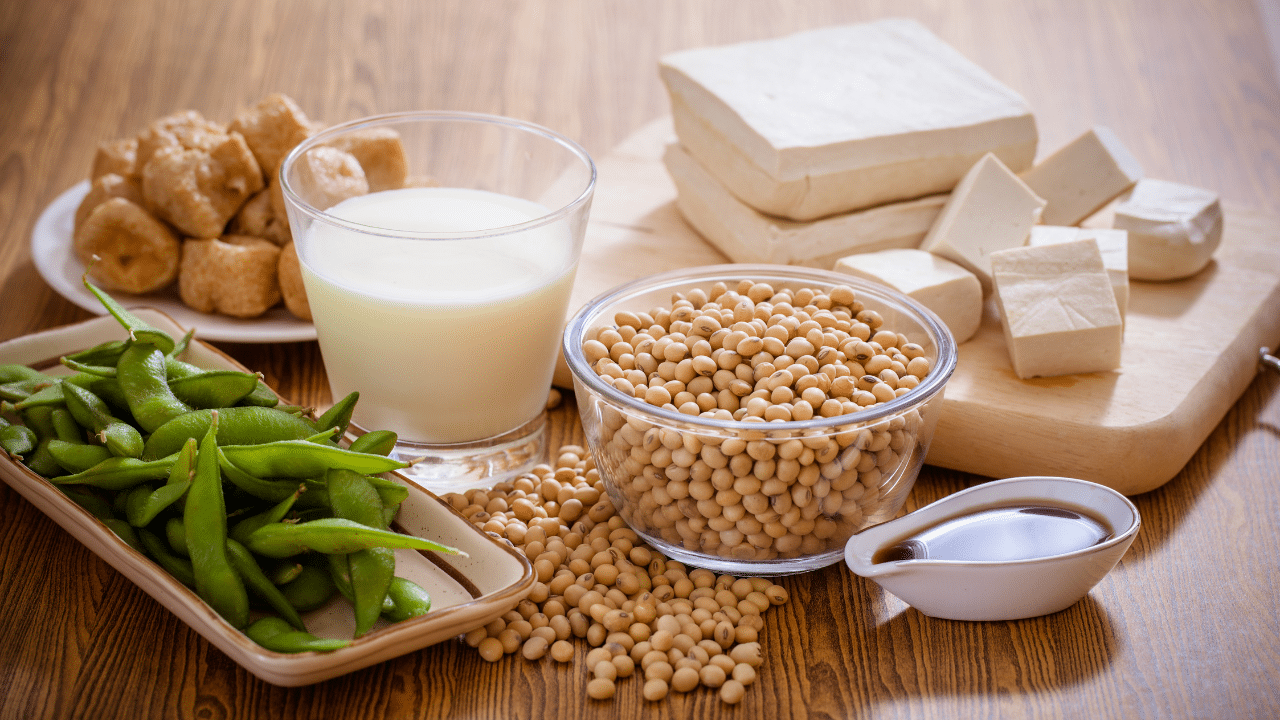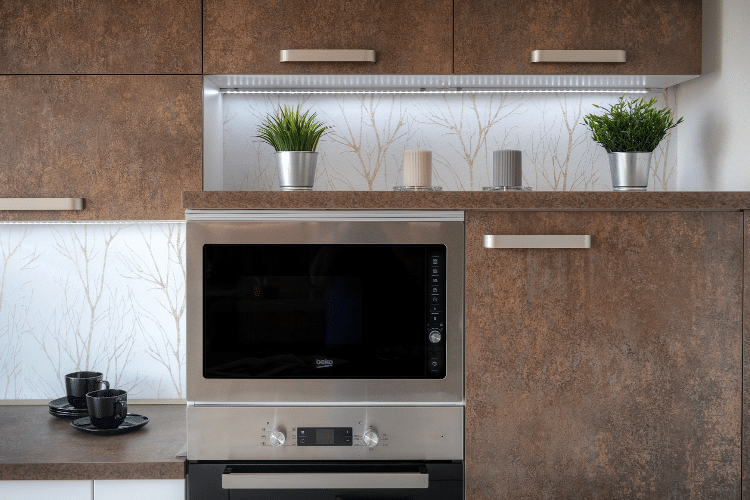
How to Make Ginger Bug for Homemade Sodas
A little jar of ginger bug, a slurry of ginger and sugar, sits on my countertop next to my sourdough starter, where, fed daily, it bubbles and foams. I remove a little bit at a time, no more than 1/4 cup, to make old-fashioned sodas like homemade root beer, ginger mint soda, rhubarb soda.
Table of Contents
What is a Ginger Bug and What Does It Do
A slurry of fermented yeast and sugar water, Ginger Bug captures beneficial microorganisms like wild yeasts and bacteria in the same way that sourdough starter does. The wild microorganisms, eat away at the sugar in the Ginger Bug and produce carbon dioxide as a result. When mixed with a flavored sweet tea, fruit juice or other base, the microorganisms in the ginger bug begin to consume the sugar in the tea or juice, and, as they do, they reproduce and emit carbon dioxide. The result is a fizzy and effervescent, naturally fermented soda that is rich in beneficial bacteria – critical to gut health and immune system function.
What You Need for Ginger Bug (and homemade sodas)
To make Ginger Bug, you need only fresh ginger, a caloric sweetener to feed the microorganisms, filtered or dechlorinated water and a container to hold the bug. To make fermented sodas, you’ll further need flavorings – whether that’s fresh herbs, fruit juice or a concoction of herbs, flowers, roots and bark like I use in my homemade root beer. While Ginger Bug itself benefits from a loosely lidded environment, homemade fermented sodas benefit from a tightly capped environment which disallows the escape of carbon dioxide produced during fermentation. This gas, a natural byproduct of fermentation, helps to ensure that the resulting homemade soda is fizzy, bubbly and pleasantly effervescent when opened.
- Fresh Ginger can be found in any well-stocked grocery store, and organic ginger can be found in any well-stocked health food store.
- Unrefined Cane Sugar feeds the beneficial bacteria and wild yeasts in the Ginger Bug. I typically use a whole, unrefined cane sugar, but have recently made the switch to Jaggery– a traditional Indian sweetener of completely unrefined cane sugar.
- Mason Jars hold your ginger bug, and you can find them in grocery stores, hardware stores and online.
Flip-top Bottles allow you to tightly, and safely, cap your homemade sodas as they ferment. The tight cap ensures that carbon dioxide remains in the bottle, effectively carbonating your homemade sodas. You can find flip-top bottles in homebrewing supply stores, though I purchase mine online.
The Sugar Isn’t for You
When I approach fermented tonics, whether it’s Continuous Brew Kombucha or Water Kefir, readers often wonder at the addition of sugar – seeking to circumvent its use. When I read these questions, I am often reminded of my friend Hannah’s response, “The sugar isn’t for you. It’s not for you.” Hannah runs Kombucha Kamp, a site devoted to kombucha’s benefits and uses. Her statement holds true for Ginger Bug, too; that is, sugar feeds beneficial bacteria and wild yeasts. Without a caloric sweetener, the bacteria and yeast have nothing to eat, and cannot proliferate. Much of the sugar in fermented tonics is consumed by beneficial microorganisms who then transform it.
How to Use Your Ginger Bug
To use your ginger bug in preparing homemade sodas, simply strain off 1/4 cup of the liquid and add it to 1 quart of a sweetened herbal infusion, to fruit juice, or to a combination of the two. Mix it well, and transfer it to a flip-top bottle where you can allow it to ferment about 3 days. Transfer it to the refrigerator, and allow it chill before opening.
GINGER BUG
serves: about 1 pint
Ginger bug, a slurry of fermented ginger and sugar, forms the basis for homemade, traditionally fermented sodas including root beer, mint sodas, or fruit-based sodas that are rich in beneficial bacteria.
Ingredients
- Fresh Ginger
- Whole Unrefined Cane Sugar (find it here), or substitute jaggery
Instructions
- Break off a knob from your hand of ginger, peel away its papery skin and grate it until you have 2 heaping tablespoons. Place the grated ginger in a small jar, whisk in 1 tablespoon unrefined cane sugar and 2 tablespoons filtered water. Cover the jar loosely and allow it to ferment in a warm spot in your kitchen.
- Every day for at least 5 days, mix an additional 2 tablespoons grated ginger, 1 tablespoon sugar, and 2 tablespoons water into your jar. The ginger will begin to foam and bubble at its top and will take on the yeasty fragrance of beer. After 5 days, it is ready to use. You can also store it in the refrigerator, and feed it 2 tablespoons grated ginger, 1 tablespoon sugar, and 2 tablespoons water once a week.
- To use the ginger bug to make homemade sodas, prepare 1 quart of herbal tea sweetened with a caloric sweetener like sugar (or substitute 1 scoop Body Ecology’s Ecobloom). Strain off ¼ cup of the ginger bug’s liquid and whisk it into the sweetened tea. Replace the ¼ cup ginger bug you’ve removed with 2 tablespoons sugar dissolved into ¼ cup water. Transfer the sweetened tea and ginger bug to flip-top bottles, and allow it to ferment at room temperature for 3 days. Transfer to the fridge or drink straight away.
Source: http://nourishedkitchen.com/






